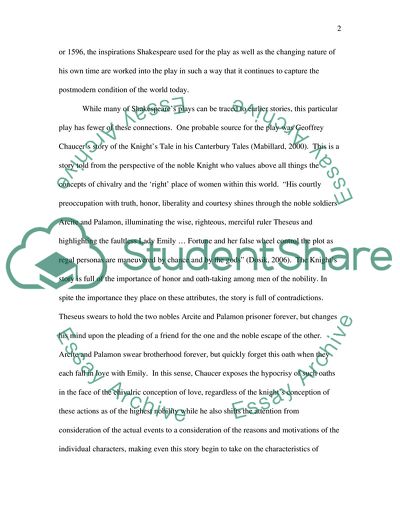Cite this document
(A Midsummer Night's Dream by William Shakespeare Book Report/Review - 1, n.d.)
A Midsummer Night's Dream by William Shakespeare Book Report/Review - 1. https://studentshare.org/literature/1717602-a-midsummer-nights-dream-by-william-shakespeare
A Midsummer Night's Dream by William Shakespeare Book Report/Review - 1. https://studentshare.org/literature/1717602-a-midsummer-nights-dream-by-william-shakespeare
(A Midsummer Night'S Dream by William Shakespeare Book Report/Review - 1)
A Midsummer Night'S Dream by William Shakespeare Book Report/Review - 1. https://studentshare.org/literature/1717602-a-midsummer-nights-dream-by-william-shakespeare.
A Midsummer Night'S Dream by William Shakespeare Book Report/Review - 1. https://studentshare.org/literature/1717602-a-midsummer-nights-dream-by-william-shakespeare.
“A Midsummer Night'S Dream by William Shakespeare Book Report/Review - 1”. https://studentshare.org/literature/1717602-a-midsummer-nights-dream-by-william-shakespeare.


